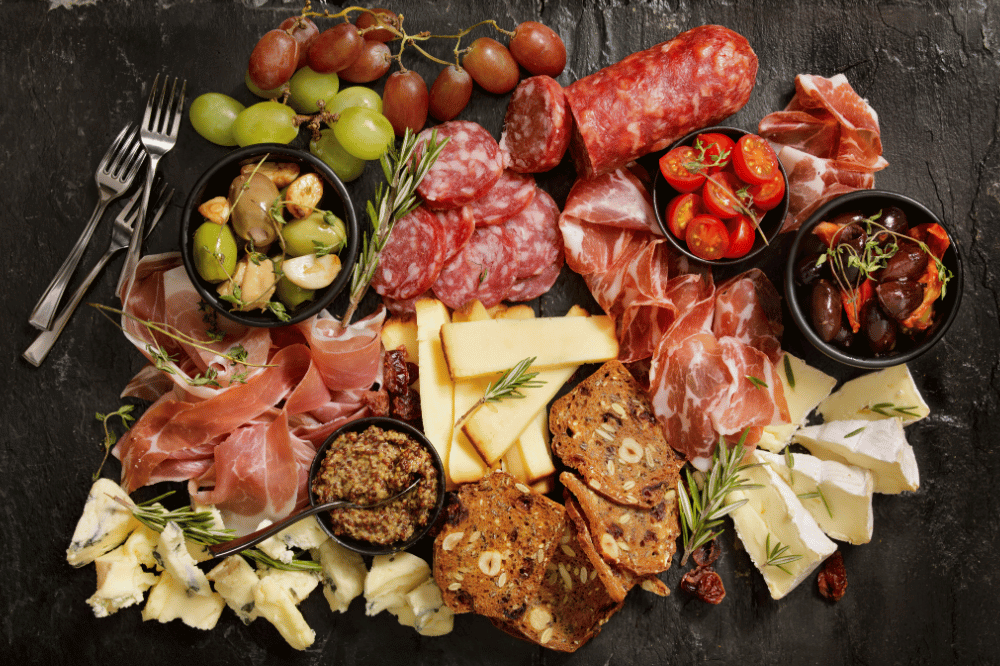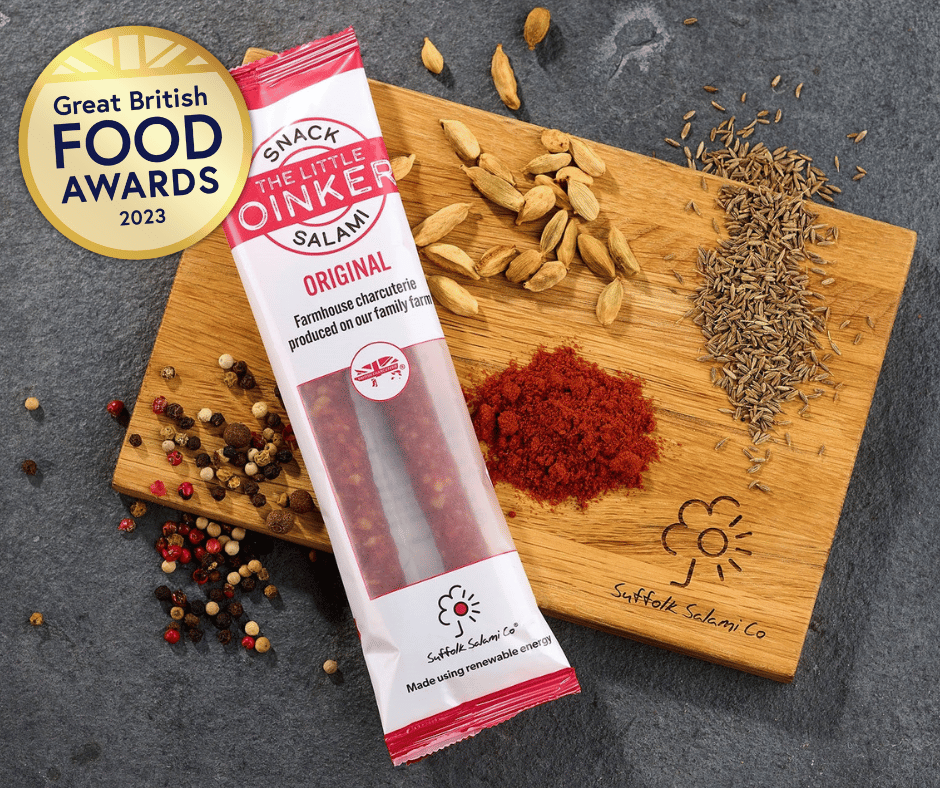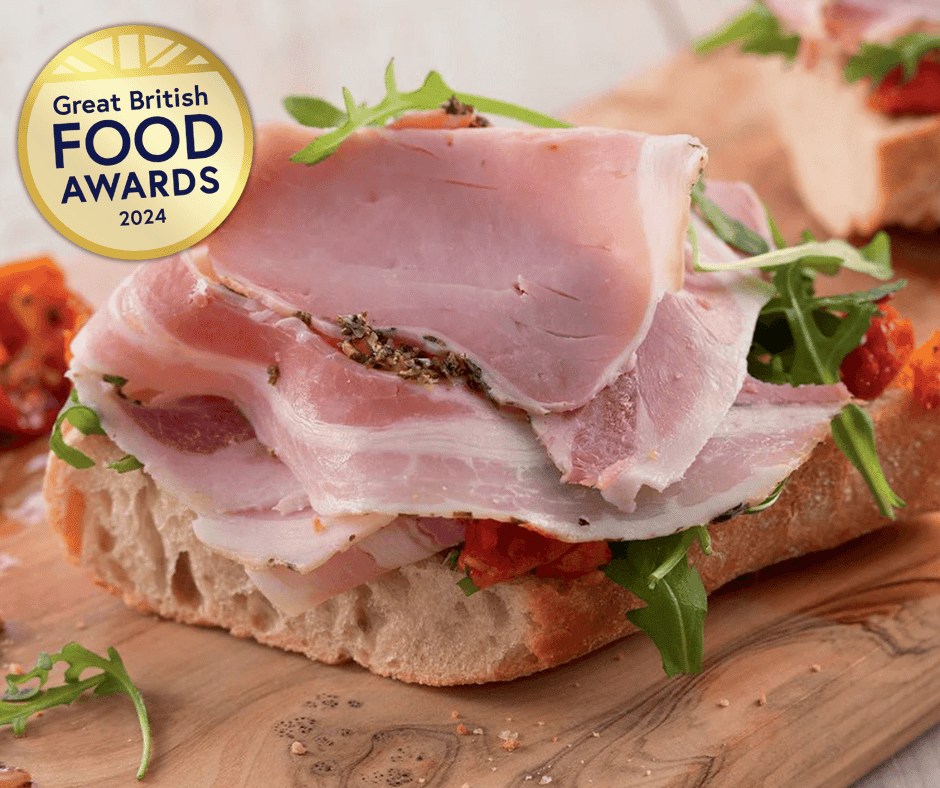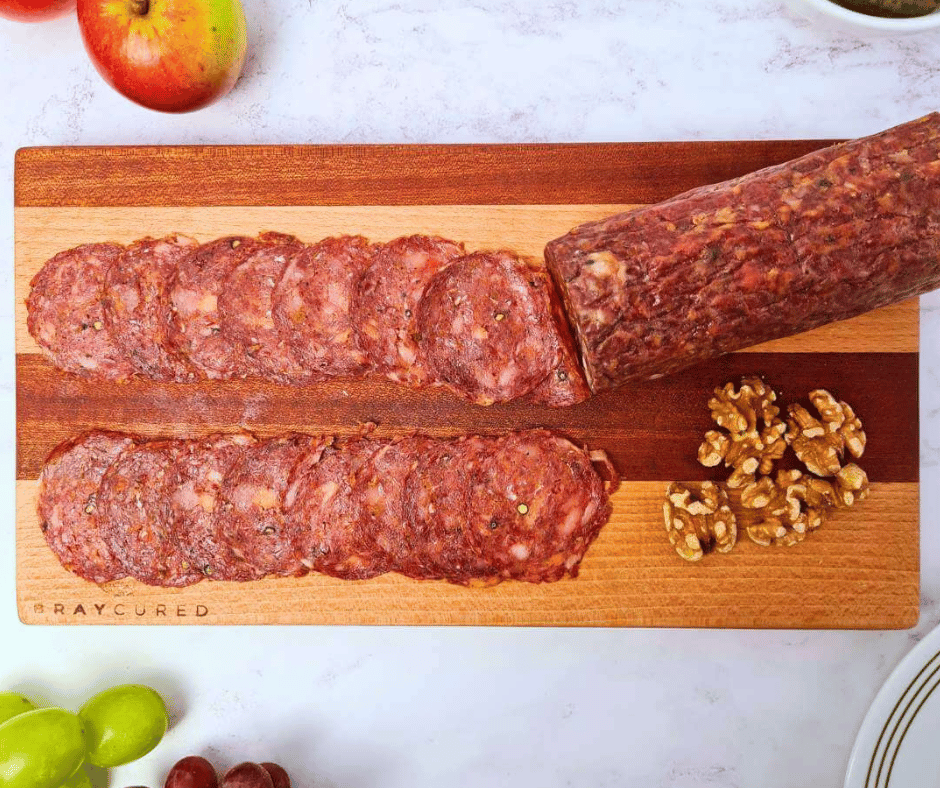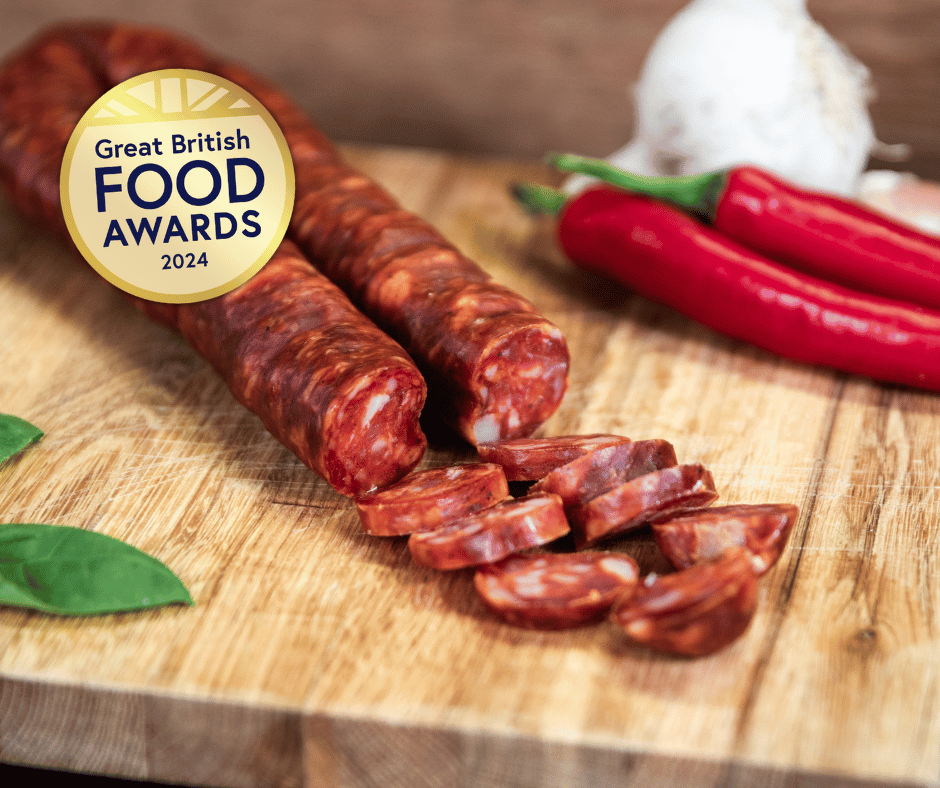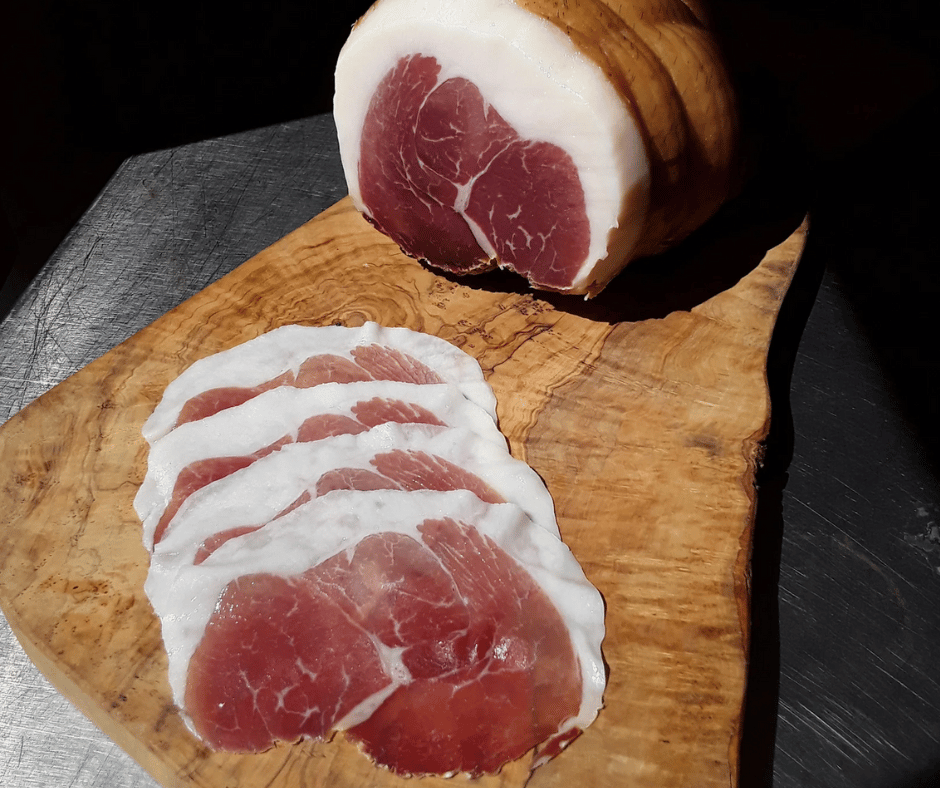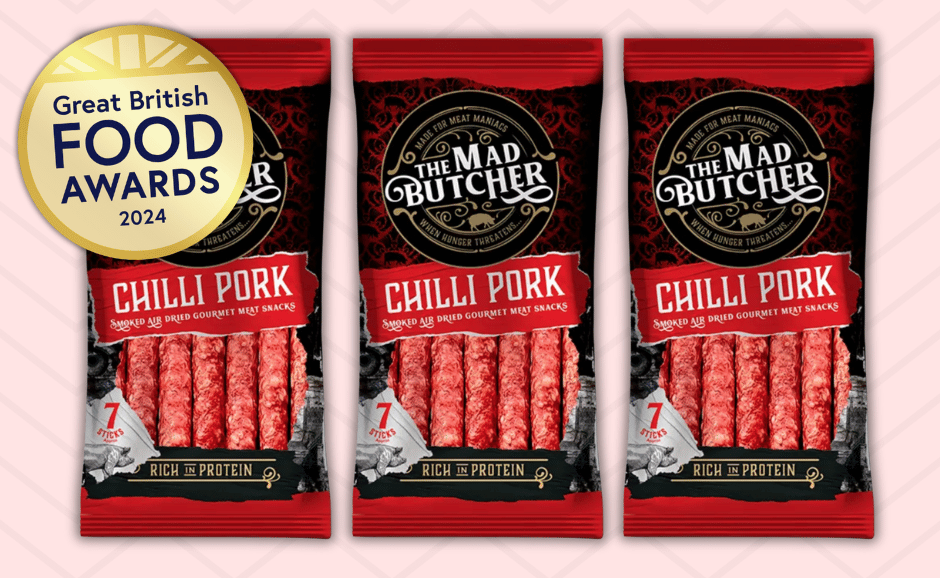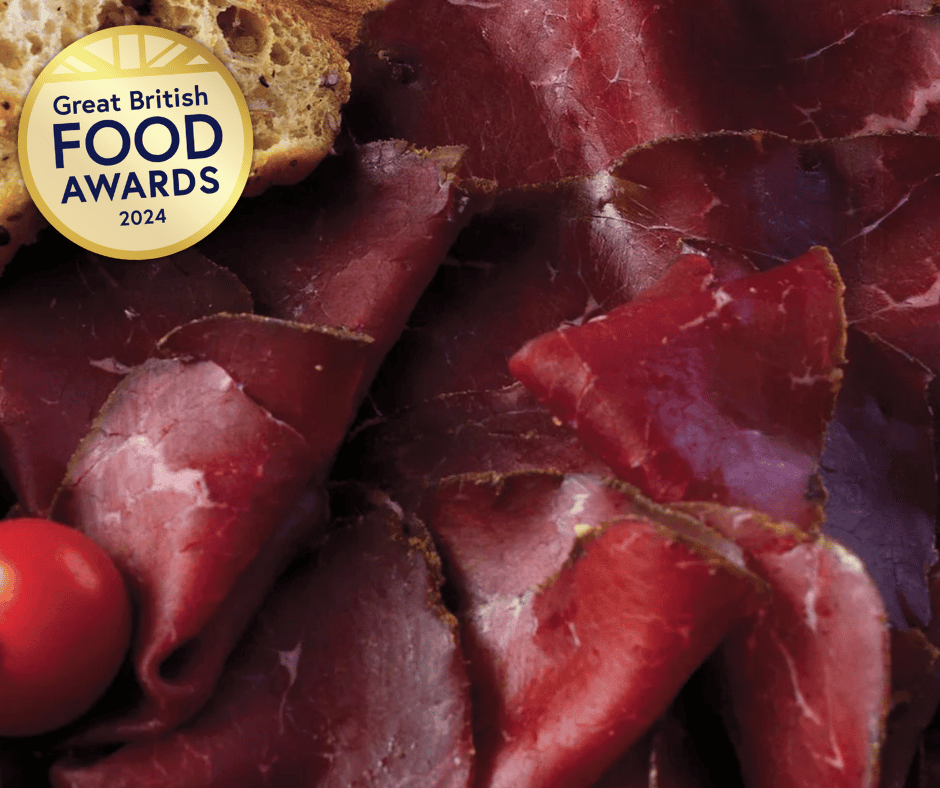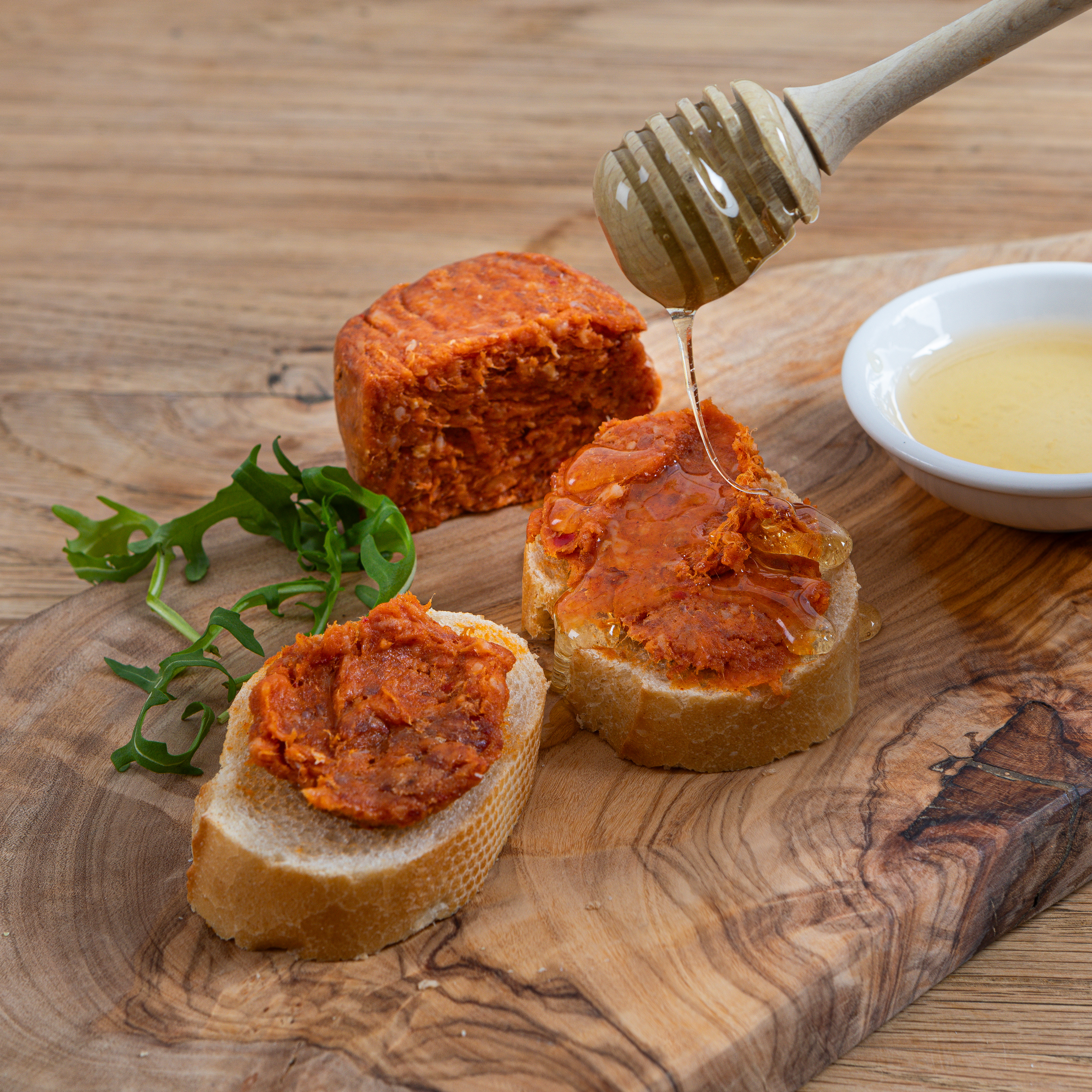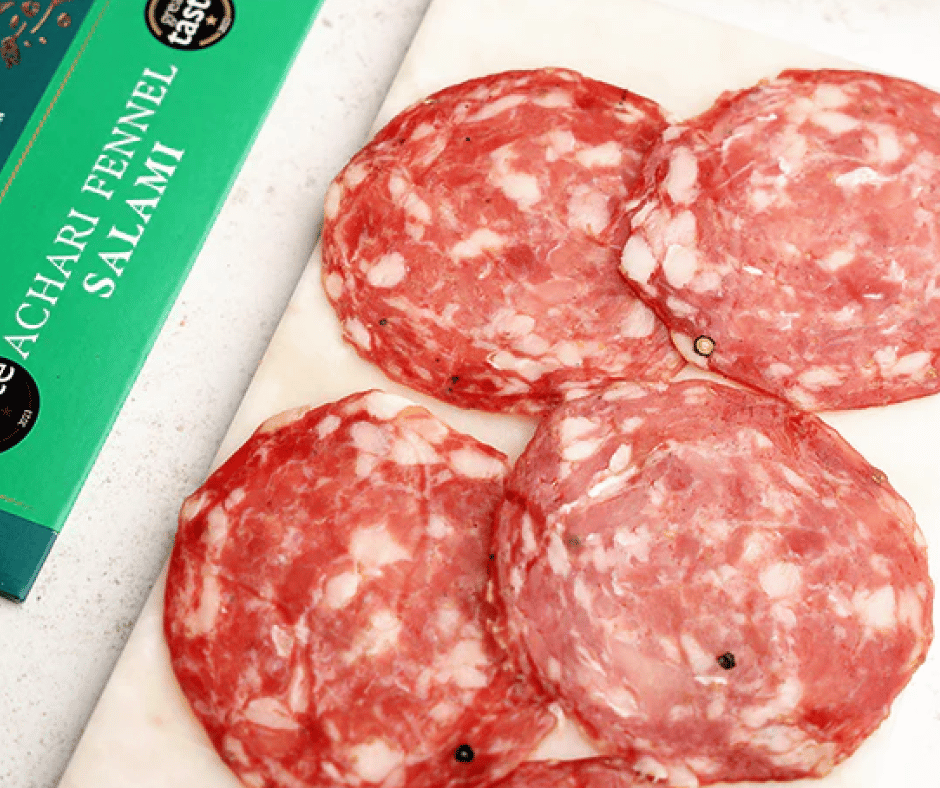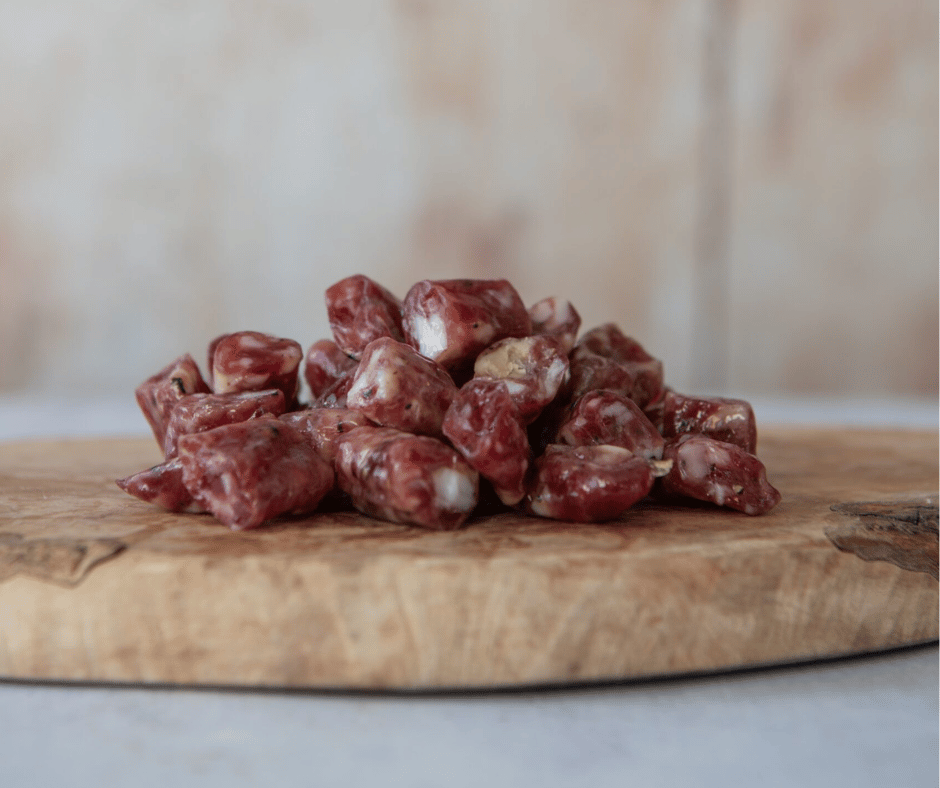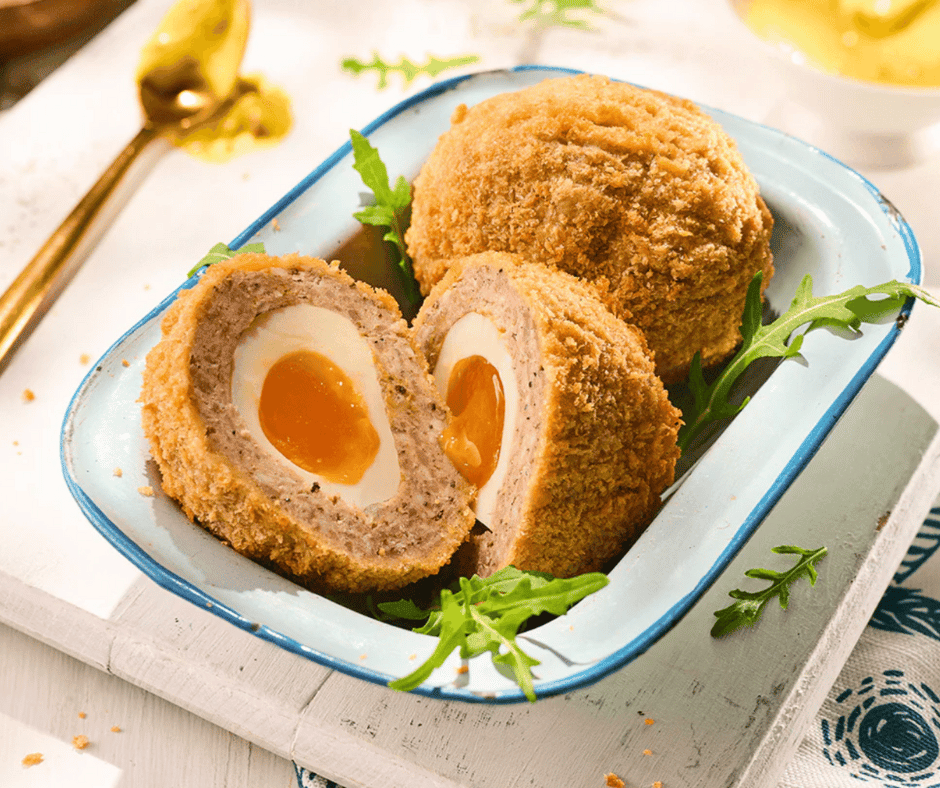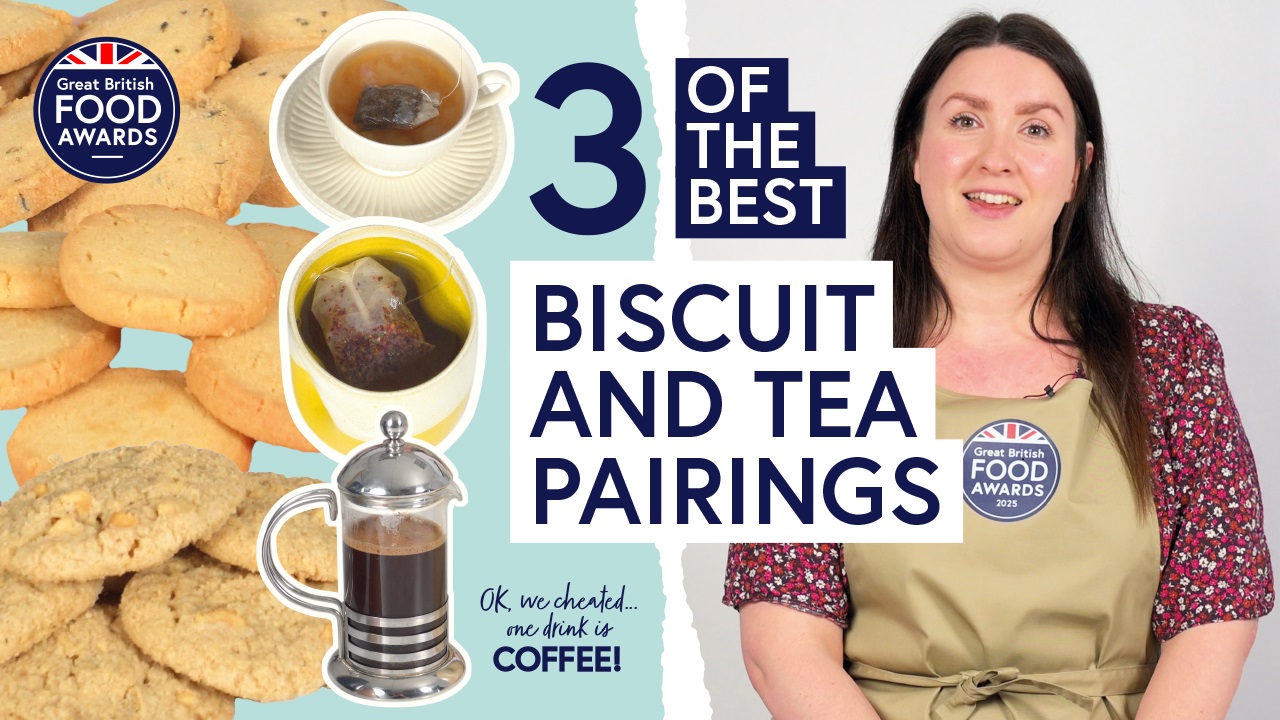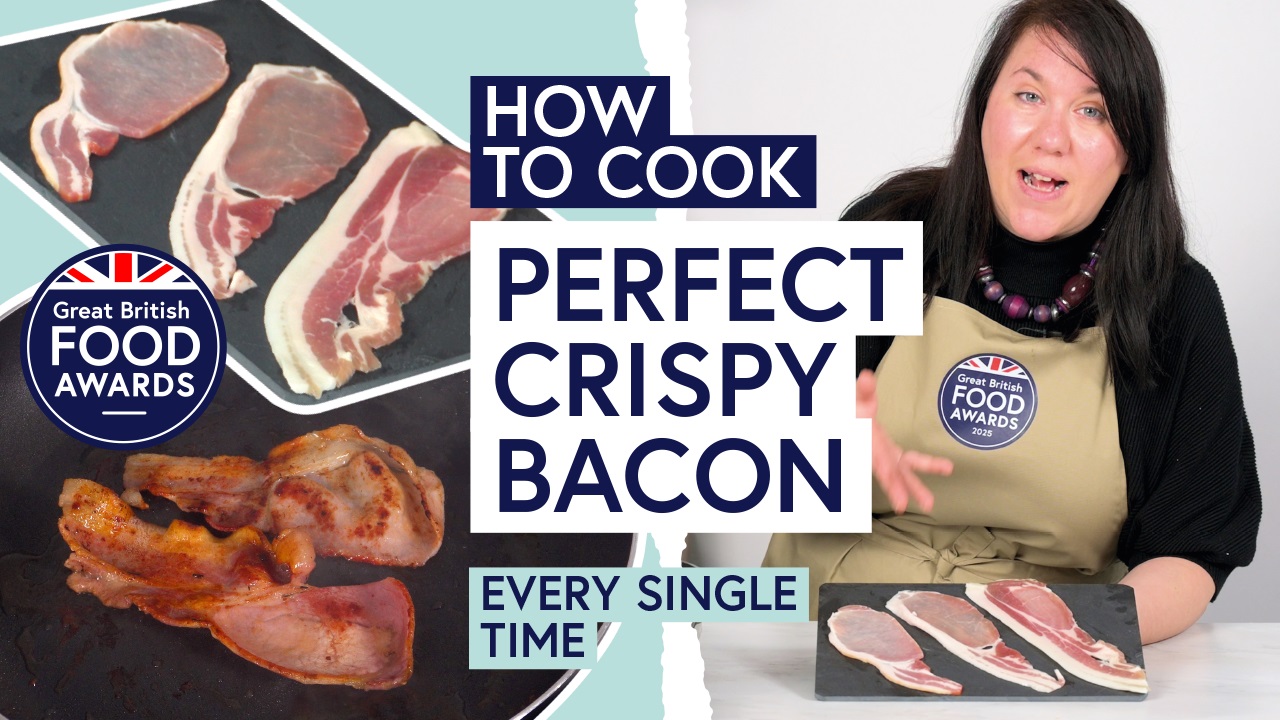Think the words ‘charcuterie board’ and you might be transported to a ristorante on the cobbled streets of Italy. Or you might think of a French charcutier, with dried meats hanging in the window to entice passersby.
British charcuterie
But did you know Britain has its very own homegrown charcuterie to rival the well-known styles of continental Europe?
“British charcuterie has really come into its own. You’ll now find styles like coppa, bresaola, nduja and saucisson, but made with high-welfare British meat and plenty of creativity,” explains Jessica Summer, founder and CEO of Mouse & Grape. She sells curated hampers and tasting events with wines, cheeses and – of course – British charcuterie.
Paul Patterson, founder of The Charcuterie Box Co, works with British charcuterie brands. He agrees that artisan charcuterie made in the UK has “really come on in the past decade”.
The best producers focus on the quality of the meat, he says. “So first-class animal welfare is a must for most, and rare breed pork using much older animals is also common. 90% of continental charcuterie cannot claim to do the same, with poor quality meat and industrialised production commonplace.”
Despite these sometimes stark differences in quality, British charcuterie is going up against makers from Europe with storied traditions and classic names. But British charcuterie has plenty to bring to the table. “Producers experiment with spice rubs, fat content, cuts and ageing, so you get tradition with a twist,” Jessica says.
What’s more, they can use those well-known European counterparts’ names to help translate their products to consumers.
“Unlike cheese, which has strict PDO rules (e.g. Comté, Roquefort, Parmigiano Reggiano), charcuterie in the UK has fewer designations. Makers can use style names such as ‘bresaola’ to describe their technique. This gives consumers clarity but allows producers more freedom.”
So what is charcuterie, exactly?
For the uninitiated, charcuterie’s meaning is simple: cold, cooked meats. In fact, the word ‘charcuterie’ is thought to date back to 15th-century France, with ‘char’ meaning flesh and ‘cuit’ meaning cooked.
But that simple definition for preserved meats disguises a category brimming with variety. From finely sliced Milano salami to dry-cured Serrano ham, and chorizo made from Iberico pork to French pate de Campagne – if you’ve tasted just one style of charcuterie, you certainly haven’t tasted them all.
How to make a charcuterie board
As charcuterie comes in a wide variety of flavours and textures, it’s important when you’re putting together a charcuterie board to choose three or four cured and cooked meats that span this range. Think a whole muscle cut in delicate, thin slices versus a spicy chorizo versus sticks of snacking salami.
The meat should be the star of your show. But in terms of other accompaniments, you can choose cheese, fruit, antipasti, bread and crackers. Just keep in mind that it’s all about the combination of flavours.
“I love Comté wrapped in air-dried ham with cornichons, kalamata olives and honey,” says Jessica. “It’s nutty, savoury, tangy and sweet all at once. Nduja with spicy honey or pickled garlic is another favourite – rich, fiery and perfectly balanced,” she says.
“Fresh fruits are a little trickier to pair. However, I would opt for figs, ripe red or black cherries or dates.” Her rule of thumb? “You need big flavours to match the meat.”
For wine, she adds, “Nduja pairs beautifully with Grenache Blanc. Meanwhile beef bresaola sings with a spicy red like Syrah or a Grenache blend.”
Paul suggests pairing your UK-made charcuterie with a fabulous British artisan cheese “such as Baron Bigod, Pitchfork Cheddar or Stichelton”.
Why not keep it all local and choose a British sparkling wine, craft beer or cider; seasonal British fruit; local honey; and pickled, seasonal veg.
Crafting a Christmas charcuterie board
Christmas has to be the best time of the year for food. When you have family and friends coming round to celebrate the festive season, it’s always fun to set out an impressive spread. And what looks better than a beautifully arranged Christmas charcuterie board?
Plus, a grazing platter is the perfect serving option for social eating situations when you have lots of people to cater for. You could even make a special vegan charcuterie board for the plant-based people in your life.
A Christmas charcuterie board is still all about variety. As ever, think about the different flavours and textures you can incorporate – especially those particularly suited to wintertime.
Think richer meats, such as pâté or foie gras, and cheeses like Blue cheese, Brie or Wensleydale. And don’t forget a jar of festive plum chutney or even cranberry sauce to enjoy alongside the main event.
If you’re really feeling festive, you could even add foliage, tinsel or fairy lights for extra sparkle.
11 of the best British charcuterie
Charcuterie boards at the ready – let’s dive into our selection of the top British-made meats...
